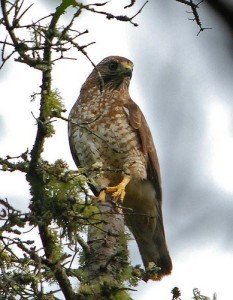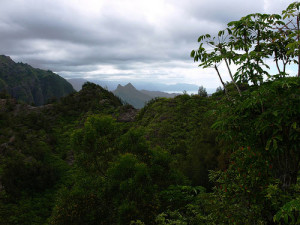By Lizzie Wasilewska
On October 4, 1931, a group of Italian ecologists founded World Animal Day with the hope of drawing attention to threatened wildlife. They selected this date because it is the feast day of Francis of Assisi, a patron saint of animals. Since 1931,
people of many religions and nationalities have adopted this day as an opportunity to celebrate animal life: special events are held all over the globe in order to appreciate the countless amazing animals of the world and raise awareness about threatened species.
American Forests celebrates World Animal Day by supporting biodiversity through restoration projects around the world. Recent animal species that our projects have benefited include the red-cockaded woodpecker, the marvelous spatuletail hummingbird, and the Northern spotted owl, among many others. Recently, we helped restore forests in Veracruz, Mexico, that are critical to an amazing number of migratory and resident bird species: 67 percent of the 341 migratory species listed by the U.S. Fish and Wildlife Service rest in Veracruz during their migrations. While this is one of the most diverse ecosystems in Mexico, it is also one of the most vulnerable. Since 2010, American Forests has supported this fragile ecosystem through education projects and planting trees: Last year, we planted tens of thousands of trees in the Veracruz highlands. These trees will provide crucial habitats for many migratory birds.
One of the migratory bird species that is common in Veracruz is the broad-winged hawk. Certain subspecies of the broad-winged hawk fly in flocks of hundreds of thousands. During their fall migrations, they can travel about 62 miles a day, with a rest in Veracruz on their roughly 70 day trip to South America. Populations of the broad-winged hawk are fairly stable, but due to the effects of forest fragmentation, they are declining.
World Animal Day is a time to celebrate fascinating animals like these, and continue to make our best effort to ensure the protection of their habitats.

